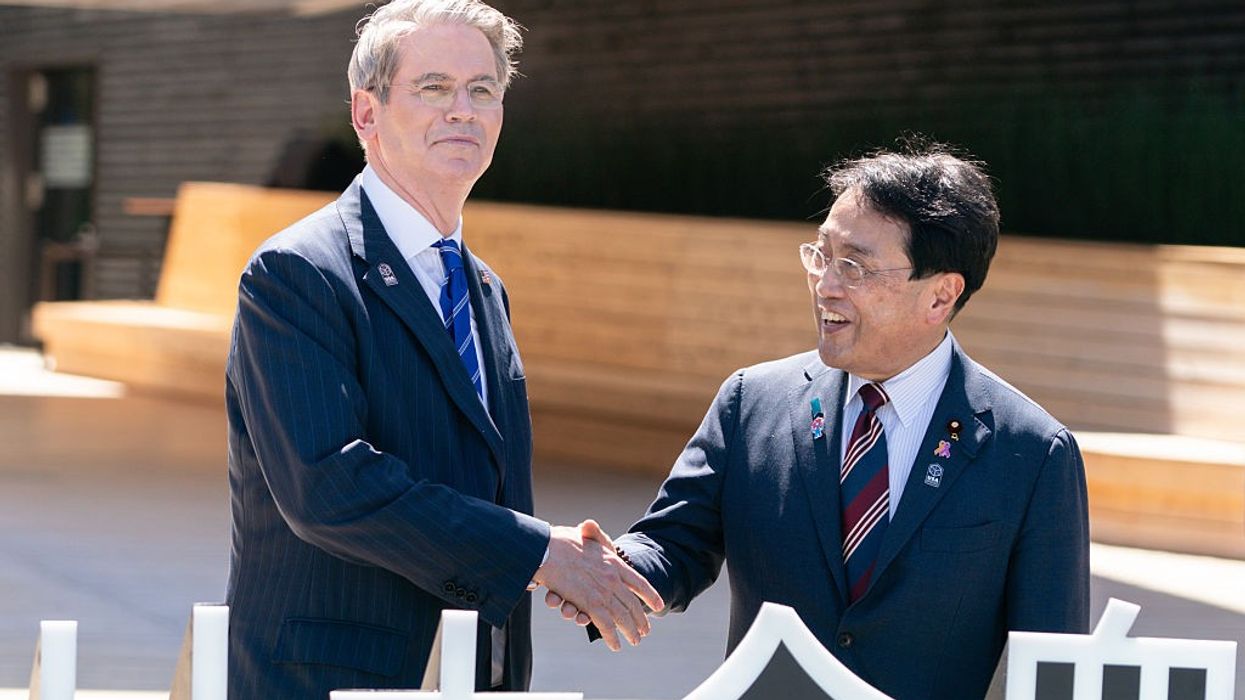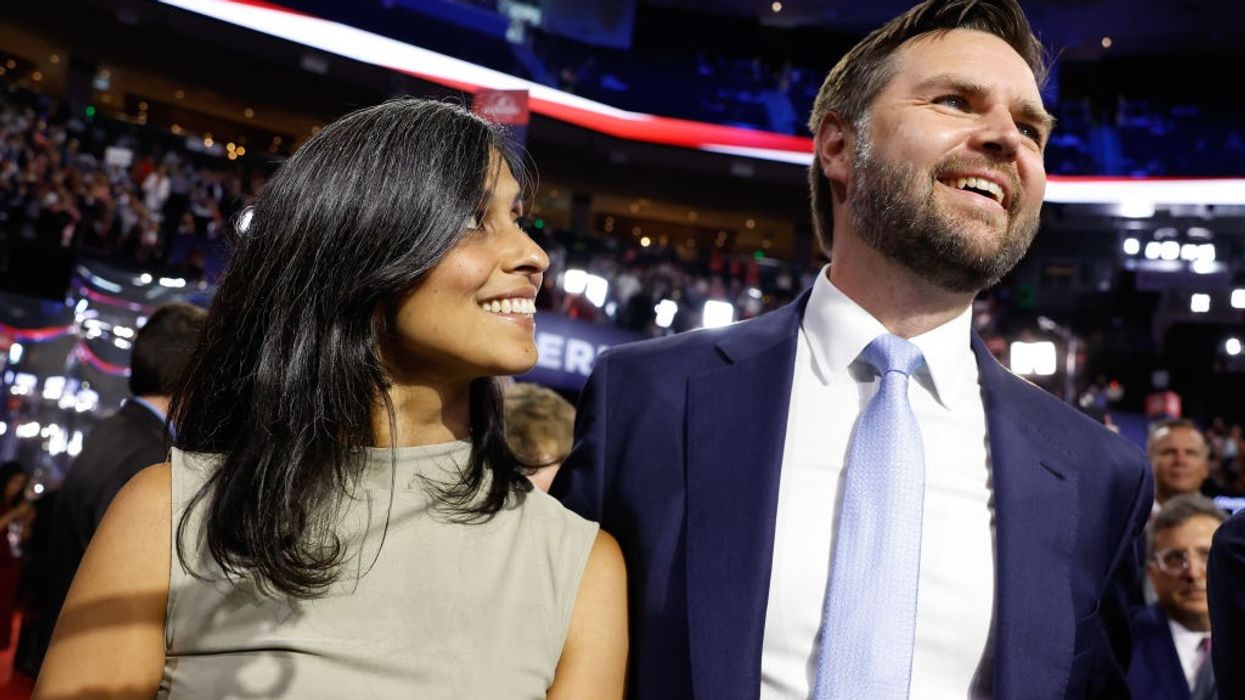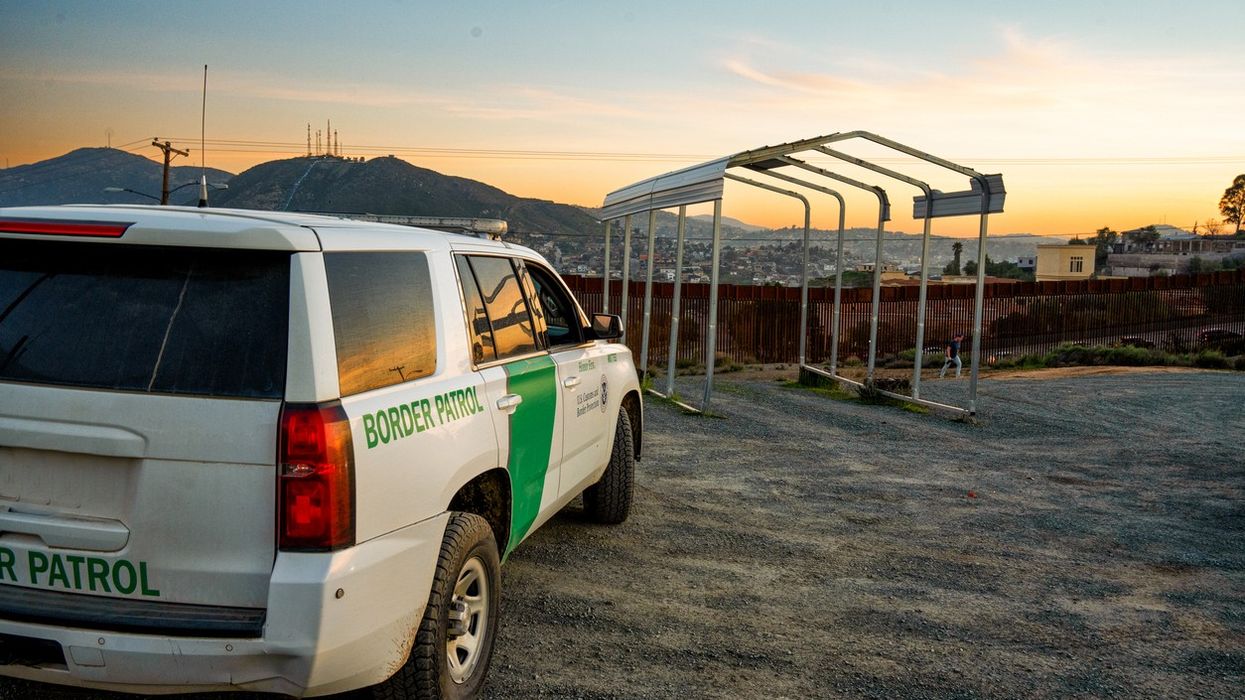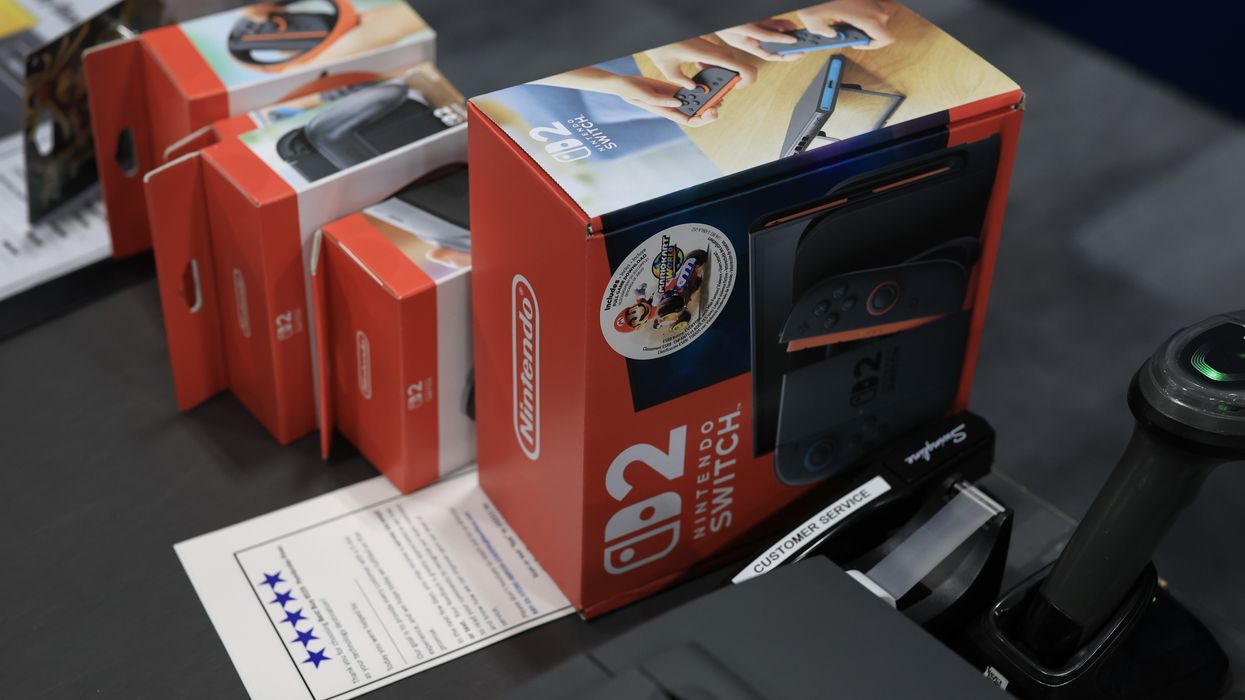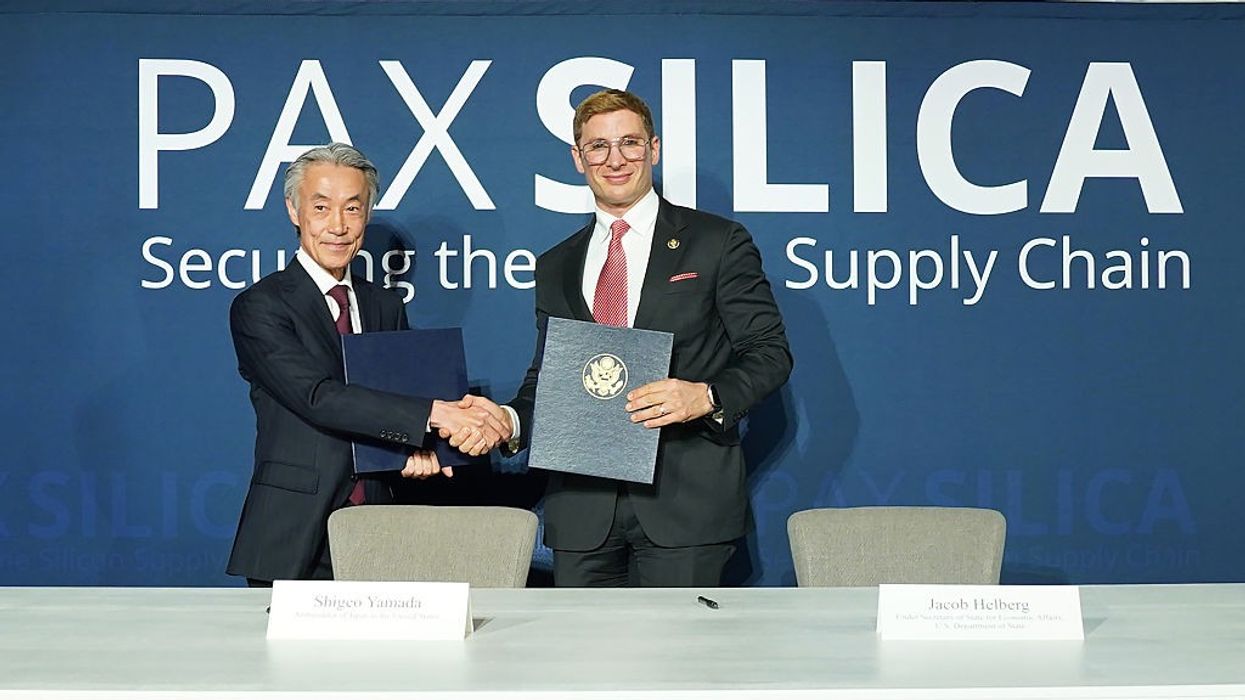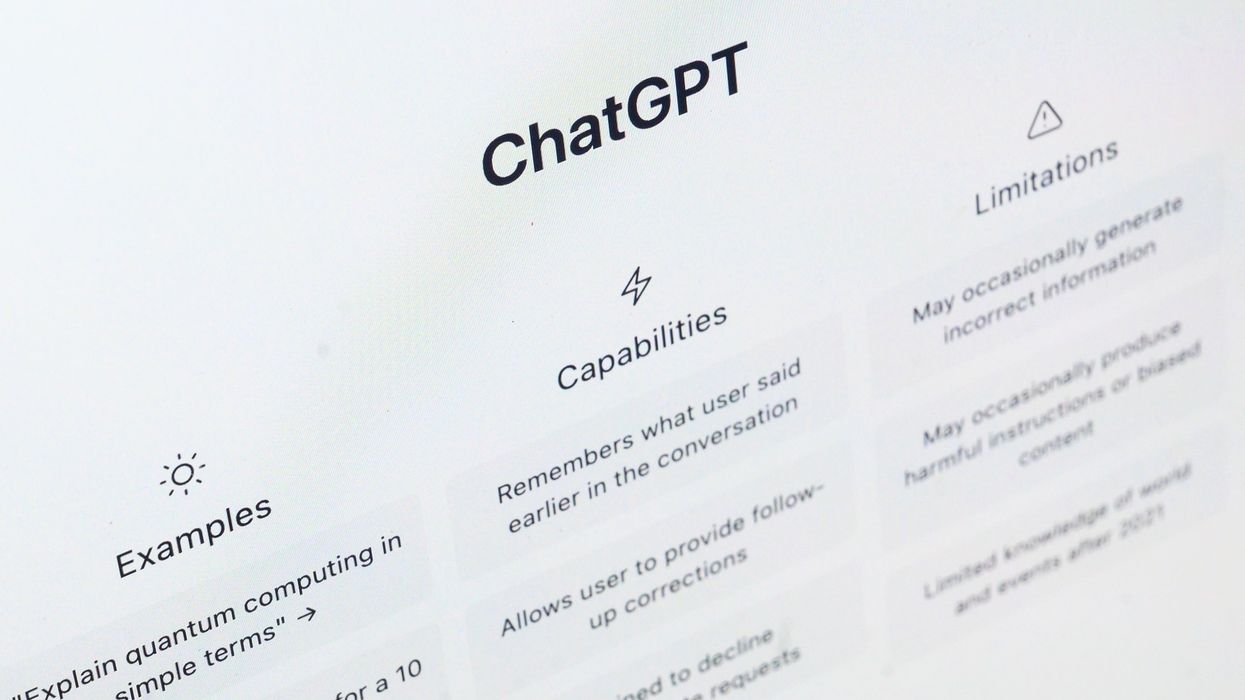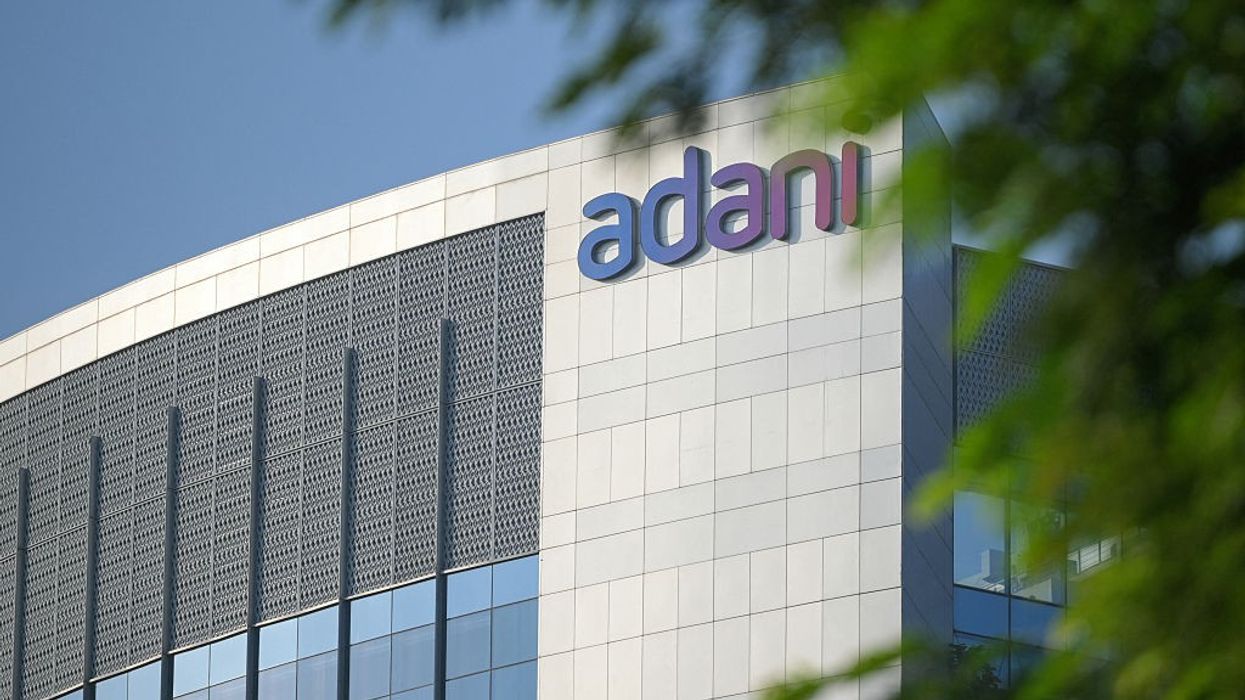US automakers have expressed significant concerns that President Donald Trump’s new 15 per cent tariff deal on Japanese autos puts them at a clear competitive disadvantage compared to their Japanese rivals.
The core of their criticism centers on the uneven tariff environment: while Japanese vehicles imported into the US will face a 15 per cent tariff, American automakers and their suppliers continue to be subject to much higher import taxes—50 per cent on steel and aluminum and 25 per cent on auto parts and finished vehicles, except for some products covered under the United States-Mexico-Canada Agreement.
Matt Blunt, president of the American Automotive Policy Council (which represents GM, Ford, and Stellantis), criticized the arrangement, stating that it “will charge lower tariffs on Japanese autos with no U.S. content,” and places American manufacturers “at a disadvantage.” Industry leaders warn this differential could undermine US-produced vehicles, especially when many U.S.-branded cars are assembled with substantial American-made content in Canada or Mexico and remain subject to the higher 25% tariff if sent to the US.
The United Auto Workers (UAW) union was direct in their condemnation, calling the deal “deeply angering” and arguing it failed to hold Japanese automakers to the high labor and product standards for which US workers have fought. The UAW emphasized that future trade deals need to raise standards—and that this one “does the opposite,” potentially encouraging a “race to the bottom”.
From an economic and political perspective, the reaction from domestic automakers highlights trade-offs that risk provoking political backlash in key manufacturing states such as Michigan and Wisconsin. The industry notes that the agreement could incentivize countries to seek stable, preferential tariff arrangements rather than be subject to fluctuating rates—an outcome that might not benefit American production in the long run.
In contrast, Japanese automakers and their US subsidiaries have responded positively and urge the Trump administration to pursue similar agreements with other countries. Some analysts note that while most high-volume Japanese models are already produced in North America (and thus not affected by the new tariff regime), the deal still grants a cost advantage to Japanese companies compared to their US rivals.
Overall, while the Trump administration is promoting the agreement as a win—citing job creation and increased Japanese investment—domestic manufacturers warn that, unless broader tariff harmonization occurs, the current deal risks undermining U.S. automotive competitiveness both at home and globally.
